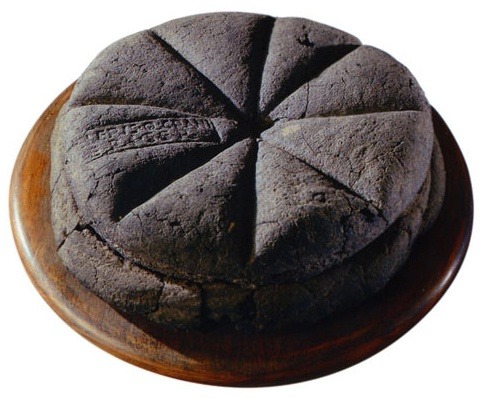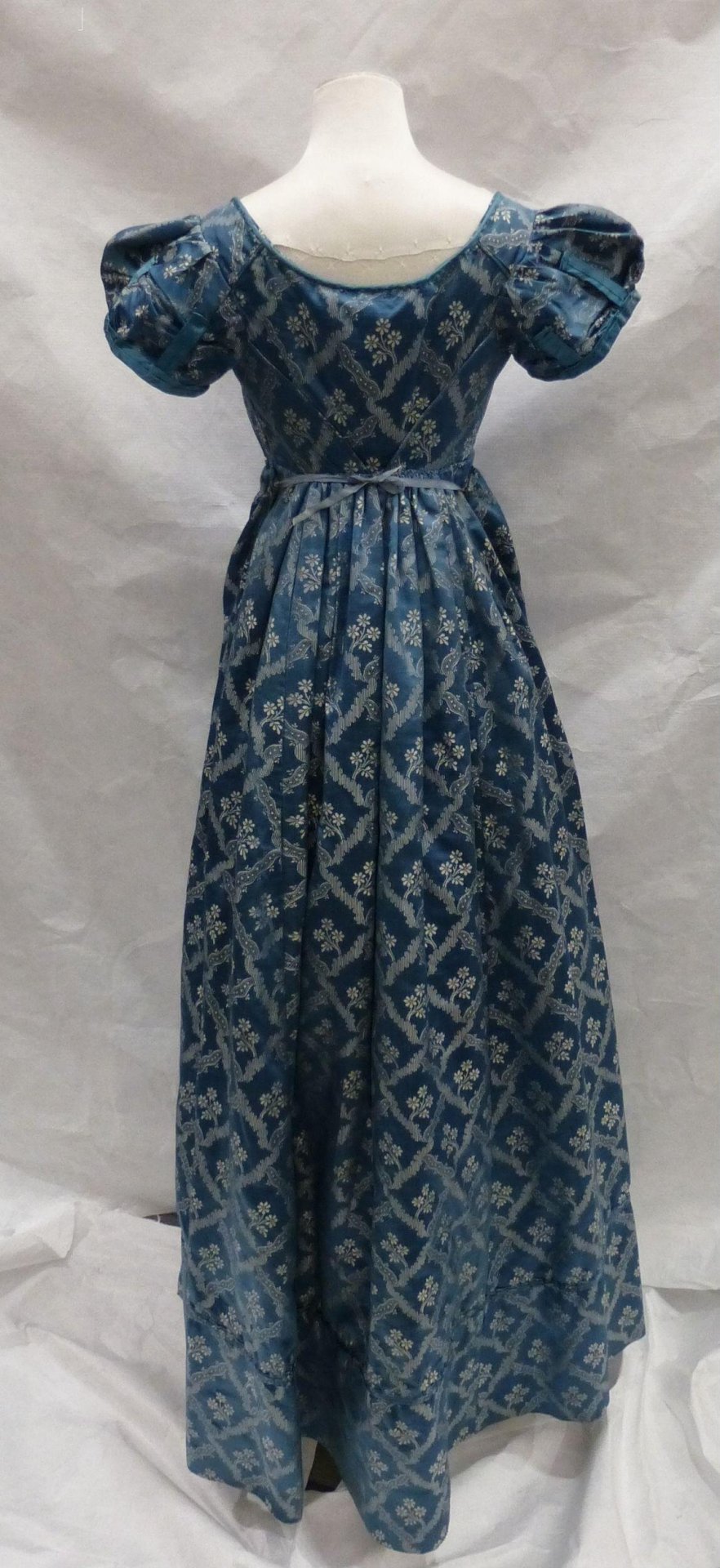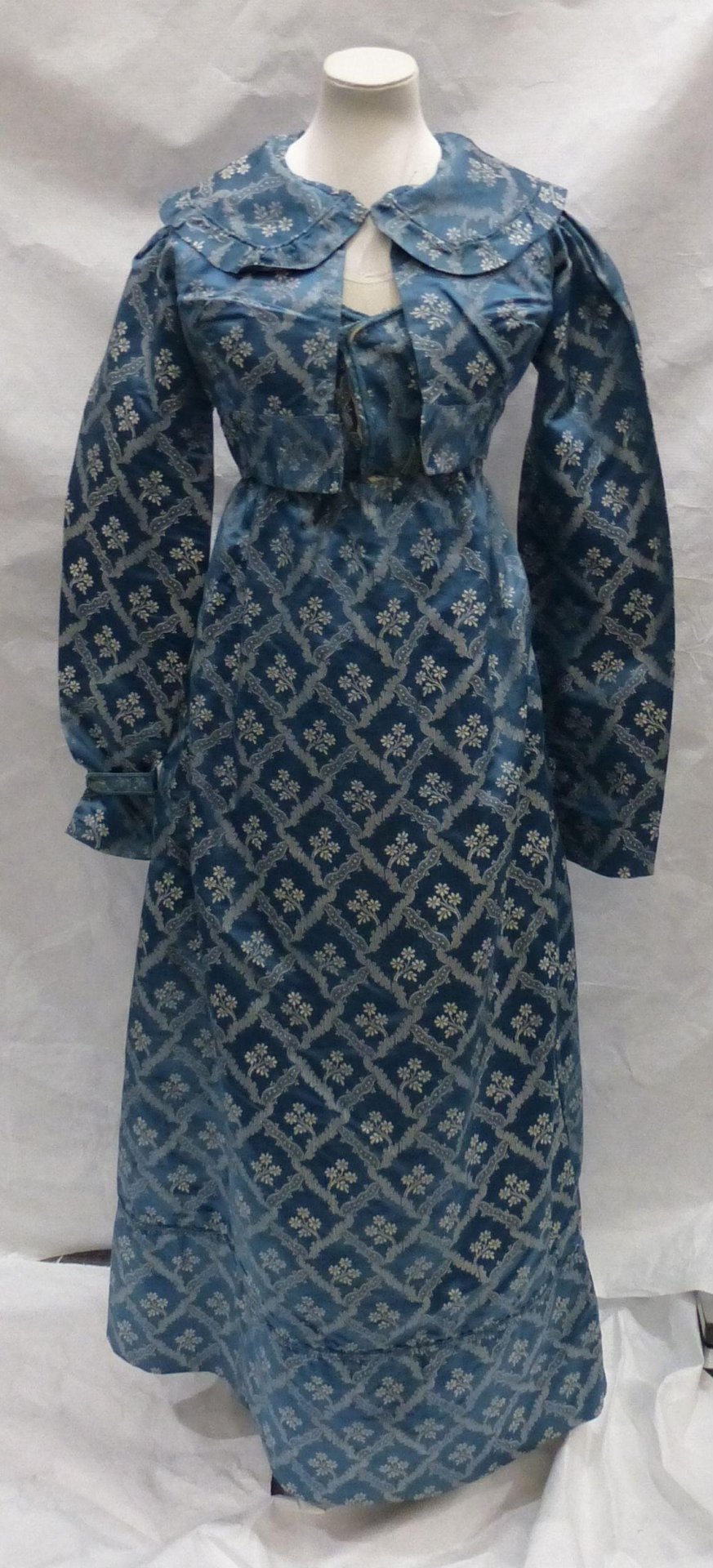I Have A Couple Of Hanukkah Questions:
I have a couple of Hanukkah questions:
When the Maccabees rededicated the temple they only had enough oil for one night.
1) Why didn’t they wait the seven days until they could make more pure oil first?
2) How long does the menorah or hanukkiah have to be lit to rededicate a temple? Is it indefinitely? Is it also for seven days, like being pure again for the Maccabees?
Hanukkah Sameach!
More Posts from Lil-history-egg and Others
Thanks.


Important Question.

@mrchicsaraleo @britomartis @el-shab-hussein @paintedwiththecolorsofthewind @stephanemiroux
this is vile
STANDING ROCK INDIAN RESERVATION, S.D. — Ray Taken Alive had been fighting for this moment for two years: At his urging, the Standing Rock Sioux Tribal Council was about to take the rare and severe step of banishing a nonprofit organization from the tribe’s land.
The Lakota Language Consortium had promised to preserve the tribe’s native language and had spent years gathering recordings of elders, including Taken Alive’s grandmother, to create a new, standardized Lakota dictionary and textbooks.
But when Taken Alive, 35, asked for copies, he was shocked to learn that the consortium, run by a white man, had copyrighted the language materials, which were based on generations of Lakota tradition. The traditional knowledge gathered from the tribe was now being sold back to it in the form of textbooks.
Keep reading
I painted Supernatural fanart for Mother's Day and my mom loved it.
I wanna hear these Opinions on steampunk color palettes, if you’re willing.
tbh “the Victorians did not go to the trouble of inventing aniline dyes so that we could wear neutrals” mostly covers it?
they went to a lot of effort to bring affordable screaming bright fuchsias and acid greens into the world, and we should honor their tacky, tacky choices.
My mental health has sucked the last few days and I have been constantly on the verge of an anxiety attack today and then I saw an acephobic post and I really feel hated and stuff I'm sorry for sucking guys.
I finished my Rome book and have now begun one about Pompeii. I’m 65 pages in and I already love it: yes, it covers the volcano, but most of the book is about “this is what the town and daily life of it would have been like, actually.” Fascinating stuff. Things I’ve learned so far:
- The streets in Pompeii have sidewalks sometimes a meter higher than the road, with stepping stones to hop across as “crosswalks.” I’d seen some photos before. The book points out that, duh, Pompeii had no underground drainage, was built on a fairly steep incline, and the roads were more or less drainage systems and water channels in the rain.
- Unlike today, where “dining out” is expensive and considered wasteful on a budget, most people in Pompeii straight up didn’t have kitchens. You had to eat out if you were poor; only the wealthy could afford to eat at home.
- Most importantly, and I can’t believe in all the pop culture of Pompeii this had never clicked for me: Pompeii had a population between 6-35,000 people. Perhaps 2,000 died in the volcano. Contemporary sources talk about the bay being full of fleeing ships. Most people got the hell out when the eruption started. The number who died are still a lot, and it’s still gruesome and morbid, but it’s not “an entire town and everyone in it.” This also makes it difficult for archeologists, apparently (and logically): those who remained weren’t acting “normally,” they were sheltering or fleeing a volcano. One famous example is a wealthy woman covered in jewelry found in the bedroom in the glaridator barracks. Scandal! She must have been having an affair and had it immortalized in ash! The book points out that 17 other people and several dogs were also crowded in that one small room: far more likely, they were all trying to shelter together. Another example: Houses are weirdly devoid of furniture, and archeologists find objects in odd places. (Gardening supplies in a formal dining room, for example.) But then you remember that there were several hours of people evacuating, packing their belongings, loading up carts and getting out… maybe the gardening supplies were brought to the dining room to be packed and abandoned, instead of some deeper esoteric meaning. The book argues that this all makes it much harder to get an accurate read on normal life in a Roman town, because while Pompeii is a brilliant snapshot, it’s actually a snapshot of a town undergoing major evacuation and disaster, not an average day.
- Oh, another great one. Outside of a random laundry place in Pompeii, someone painted a mural with two scenes. One of them referenced Virgil’s Aeneid. Underneath that scene, someone graffiti’d a reference to a famous line from that play, except tweaked it to be about laundry. This is really cool, the book points out, because it implies that a) literacy and education was high enough that one could paint a reference and have it recognized, and b) that someone else could recognize it and make a dumb play on words about it and c) the whole thing, again, means that there’s a certain amount of literacy and familiarity with “Roman pop culture” even among fairly normal people at the time.

A loaf of bread made in the first century AD, which was discovered at Pompeii, preserved for centuries in the volcanic ashes of Mount Vesuvius. The markings visible on the top are made from a Roman bread stamp, which bakeries were required to use in order to mark the source of the loaves, and to prevent fraud. (via Ridiculously Interesting)




Evening Dress & Matching Spencer, c.1820
@VandA
Check out my new Voltron Fic!
In an attempt to get the Red Paladin to be more Galra, he and another paladin are captured. He is forced to watch them torture Blue, so that he’ll get angry and resort to instincts. No matter how much Lance pretends to be okay, Keith knows it’s not really okay, and knows there’s nothing he can do but watch helplessly.
My first fic in ages, hope you guys check it out!
-
 saintclay liked this · 3 years ago
saintclay liked this · 3 years ago -
 perfectlynormalperson liked this · 3 years ago
perfectlynormalperson liked this · 3 years ago -
 elenge liked this · 3 years ago
elenge liked this · 3 years ago -
 themadgirlinthefandombox reblogged this · 3 years ago
themadgirlinthefandombox reblogged this · 3 years ago -
 themadgirlinthefandombox liked this · 3 years ago
themadgirlinthefandombox liked this · 3 years ago -
 thewinterwitcher reblogged this · 3 years ago
thewinterwitcher reblogged this · 3 years ago -
 thewinterwitcher liked this · 3 years ago
thewinterwitcher liked this · 3 years ago -
 lemonlamblaura liked this · 3 years ago
lemonlamblaura liked this · 3 years ago -
 shalaxi reblogged this · 3 years ago
shalaxi reblogged this · 3 years ago -
 shalaxi liked this · 3 years ago
shalaxi liked this · 3 years ago -
 othert reblogged this · 3 years ago
othert reblogged this · 3 years ago -
 friendofthegods liked this · 3 years ago
friendofthegods liked this · 3 years ago -
 bitterwaters liked this · 3 years ago
bitterwaters liked this · 3 years ago -
 default-name-and-or-title liked this · 3 years ago
default-name-and-or-title liked this · 3 years ago -
 autisticwolfesbrainisautistic reblogged this · 3 years ago
autisticwolfesbrainisautistic reblogged this · 3 years ago -
 autisticwolfesbrainisautistic liked this · 3 years ago
autisticwolfesbrainisautistic liked this · 3 years ago -
 risepersephone liked this · 3 years ago
risepersephone liked this · 3 years ago -
 orangezest100 liked this · 3 years ago
orangezest100 liked this · 3 years ago -
 inariedwards liked this · 3 years ago
inariedwards liked this · 3 years ago -
 caffeinated-insanity liked this · 3 years ago
caffeinated-insanity liked this · 3 years ago -
 contextualsex liked this · 3 years ago
contextualsex liked this · 3 years ago -
 ossified-hypothesis liked this · 3 years ago
ossified-hypothesis liked this · 3 years ago -
 fae-neo liked this · 3 years ago
fae-neo liked this · 3 years ago -
 cpt-bagel liked this · 3 years ago
cpt-bagel liked this · 3 years ago -
 hoarder-of-stories-27 liked this · 3 years ago
hoarder-of-stories-27 liked this · 3 years ago -
 cuddlefsh liked this · 3 years ago
cuddlefsh liked this · 3 years ago -
 infiniteglitterfall reblogged this · 3 years ago
infiniteglitterfall reblogged this · 3 years ago -
 infiniteglitterfall liked this · 3 years ago
infiniteglitterfall liked this · 3 years ago -
 fierycavalier liked this · 3 years ago
fierycavalier liked this · 3 years ago -
 drachenonthemoon liked this · 3 years ago
drachenonthemoon liked this · 3 years ago -
 wellbutrinxl liked this · 3 years ago
wellbutrinxl liked this · 3 years ago -
 gay-jewish-bucky liked this · 3 years ago
gay-jewish-bucky liked this · 3 years ago -
 hi-i-may-be-satan liked this · 3 years ago
hi-i-may-be-satan liked this · 3 years ago -
 holliano reblogged this · 3 years ago
holliano reblogged this · 3 years ago -
 ghostsarecool liked this · 3 years ago
ghostsarecool liked this · 3 years ago -
 lil-history-egg reblogged this · 3 years ago
lil-history-egg reblogged this · 3 years ago -
 lil-history-egg liked this · 3 years ago
lil-history-egg liked this · 3 years ago -
 finding-hashem reblogged this · 3 years ago
finding-hashem reblogged this · 3 years ago -
 lepetitcomte liked this · 3 years ago
lepetitcomte liked this · 3 years ago -
 grub-zone liked this · 3 years ago
grub-zone liked this · 3 years ago -
 illegitimatetenenbaum reblogged this · 3 years ago
illegitimatetenenbaum reblogged this · 3 years ago -
 fangtastic-bastard liked this · 3 years ago
fangtastic-bastard liked this · 3 years ago
Hello! I'm Zeef! I have a degree in history and I like to ramble! I especially like the middle ages and renaissance eras of Europe, but I have other miscellaneous places I like too!
270 posts